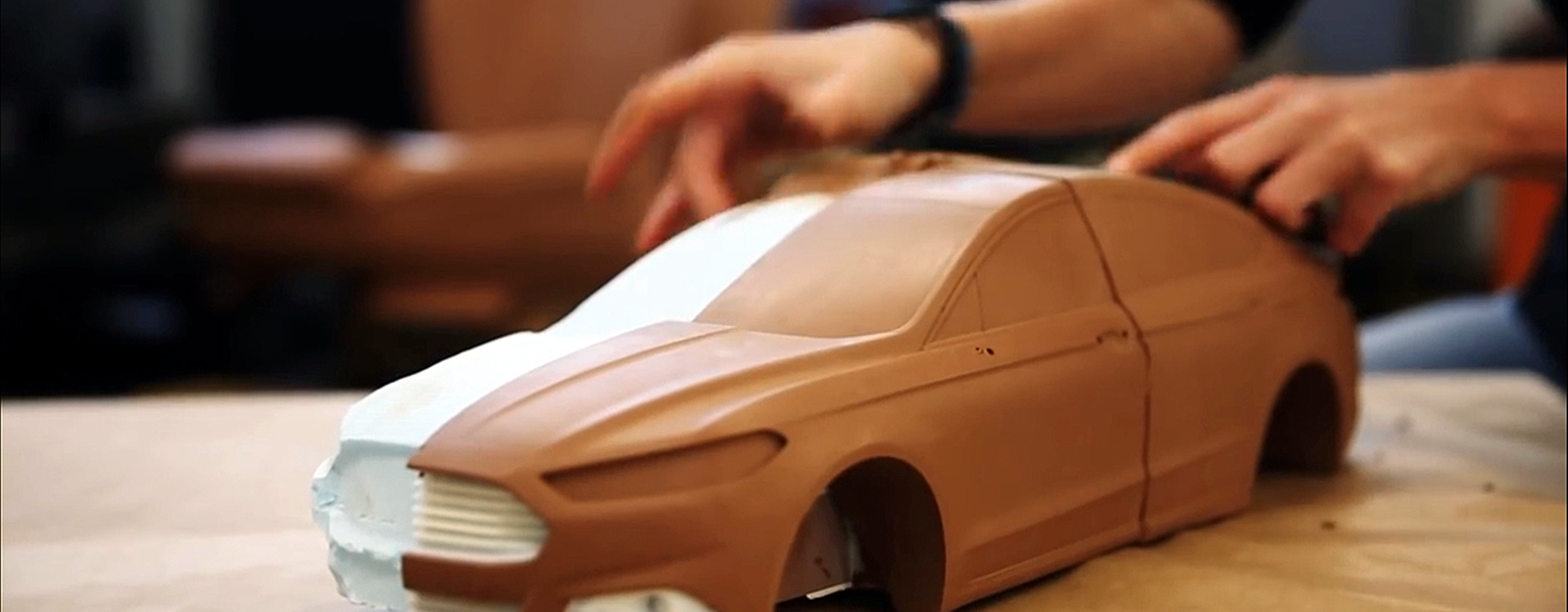
The Crucial Part of Automotive Design that Still Uses Centuries-Old Hand Tools
How a billion-dollar process is literally in the hands of a small group of sculptors
Automotive design is probably the most capital-intensive field an industrial designer can work in; developing a new car model can literally cost more than a billion dollars.
It seems amazing, then, that a very crucial phase of the design process is entrusted not to brainiac scientists, but talented sculptors wielding centuries-old hand tools. If you dropped Michelangelo or Donatello in front of an auto design studio computer running CAD, they'd have no idea what the hell was going on; but if you dropped them into the clay modeling studio, they would not only be able to grasp it, but would be able to immediately participate in the process.
 Enter a caption (optional)
Enter a caption (optional) Enter a caption (optional)
Enter a caption (optional) Enter a caption (optional)
Enter a caption (optional)The automotive design field's crucial clay modelers produce not only scale models based on the designers' sketches and renderings, but also full-size clay models that are subsequently laser-scanned to become the de facto latest iteration of the design.
 Enter a caption (optional)
Enter a caption (optional) Enter a caption (optional)
Enter a caption (optional) Enter a caption (optional)
Enter a caption (optional)Take a look inside Ford's European Design Centre to see the type of work they do:
So how do you get a gig like this, and what kind of personality do you need? Here Ford clay modeler Denise Kasper explains the ins and outs of the position:
And in this video, clay modeler Damian Lottner discusses the tools used:
"Many people are amazed when I explain my job to them, because there is a perception that designing vehicles today is a computerised process and that traditional skills like clay modelling are no longer needed," says Lottner. "In my opinion there is no replacement for what we do, both in terms of the speed that we can progress designs and the ability to see, touch and truly experience a design in the flesh."
-
o6Favorite This
-
Q10Comment
K
{Welcome
Create a Core77 Account
Already have an account? Sign In
By creating a Core77 account you confirm that you accept the Terms of Use
K
Reset Password
Please enter your email and we will send an email to reset your password.


Comments
Very interesting article given that I'm with 24 other designers finishing a summer workshop on automotive design, and as product design students most of us were in contact with clay and tape for the first time, not being able to rely on our dear Alias/Rhino. It's is a very palpable experience, that requires a lot of time and dedication to perfect but is way more useful than a cad model imo.
Both have different uses, both are needed nowadays, but I agree in general
I clay modeled for Ford at one point in my life. Not the most exciting job I have had. It's a good skill to know, absolutely do design involved in being a modeler however, just do what you are told, like being a sheep.
Modeller by the way .. Baaaaaarr
I have read about the clay model process but to see the techniques, tools, and materials in video is very cool. Even if it isn't an earth-shattering design -- the average car customer is not looking for earth-shattering design -- it's still quite attractive, as a model.
Alucinante
Such advanced methods for such poor designs...
imagine how bad they would be if they only let them use computers... :)
An industrial design teacher mentioned that actually happened once, and the result was the Pontiac Aztek.
That would be the Tesla Model S, kinda ok work IMO